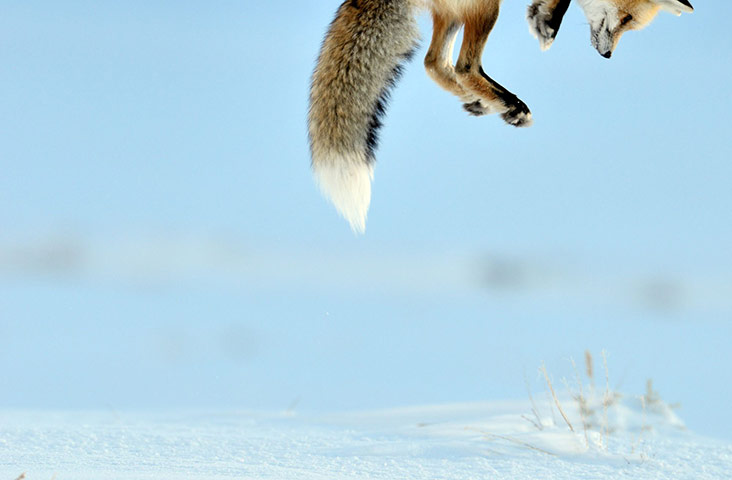TOP STORIES
Crow-scare: Dead birds spark bird flu fears in Jharkhand
Crows dropping dead in cities and towns across Jharkhand have sparked panic among the people of the state after health officials pointed a finger at avian virus.
The Jharkhand animal husbandry department (AHD) has sounded an alert and asked people not to touch the dead crows. It has issued advertisements in local dailies asking people to keep away from the dead birds and inform the administration when they spot dead crows.
Health department officials suspect the crows are infected with H5 and H1 avian virus. “Human beings should stay away from the crows. If the virus enters the human body, it could take the shape of an epidemic,” a health department official told IANS. “An advisory has been issued considering the deaths of crows in many districts. Expert teams are trying to ascertain the reason behind the deaths of the crows,” animal husbandry department director A G Bandhopadhya told reporters.
Dead crows have been found in large numbers in Ranchi, Jamshedpur, Bokaro, Khuti, Sahebganj and other districts of the state. A team of experts of the Indian Veterinary Research Institute of Bhopal is in Jharkhand to ascertain the reasons behind these deaths.
30 Nov 2011
Location: Jharkhand, India - Map It

>>> FULL ARTICLE
Scientists Brace for Media Storm Around Controversial Flu Studies
Locked up in the bowels of the medical faculty building here and accessible to only a handful of scientists lies a man-made flu virus that could change world history if it were ever set free.
The virus is an H5N1 avian influenza strain that has been genetically altered and is now easily transmissible between ferrets, the animals that most closely mimic the human response to flu. Scientists believe it's likely that the pathogen, if it emerged in nature or were released, would trigger an influenza pandemic, quite possibly with many millions of deaths.
In a 17th floor office in the same building, virologist Ron Fouchier of Erasmus Medical Center calmly explains why his team created what he says is "probably one of the most dangerous viruses you can make"—and why he wants to publish a paper describing how they did it. Fouchier is also bracing for a media storm. After he talked to ScienceInsider yesterday, he had an appointment with an institutional press officer to chart a communication strategy.
Fouchier's paper is one of two studies that have triggered an intense debate about the limits of scientific freedom and that could portend changes in the way U.S. researchers handle so-called dual-use research: studies that have a potential public health benefit but could also be useful for nefarious purposes like biowarfare or bioterrorism.
OTHER WILDLIFE HEALTH RELATED NEWS
Photo courtesy of The Guardian's Week in Wildlife
 Announcement about Tularemia found in Rabbits (Maryland, USA - Map It
Announcement about Tularemia found in Rabbits (Maryland, USA - Map It  )
) - Sick animals found here; beware of distemper (Orangeburg County, South Carolina, USA - Map It
 )
) - ProMED: Epizootic hemorrhagic disease, cervids (USA)
- Infected bison from Turner’s ranch (Ruby Valley, Montana, USA - Map It
 )
) - Turtle doves and partridges among wild birds in steep decline in Britain
- USGS at the Forefront of Saving Bats From White-Nose Syndrome (WNS)
- Science on the SPOT: National Wildlife Health Center Investigates




